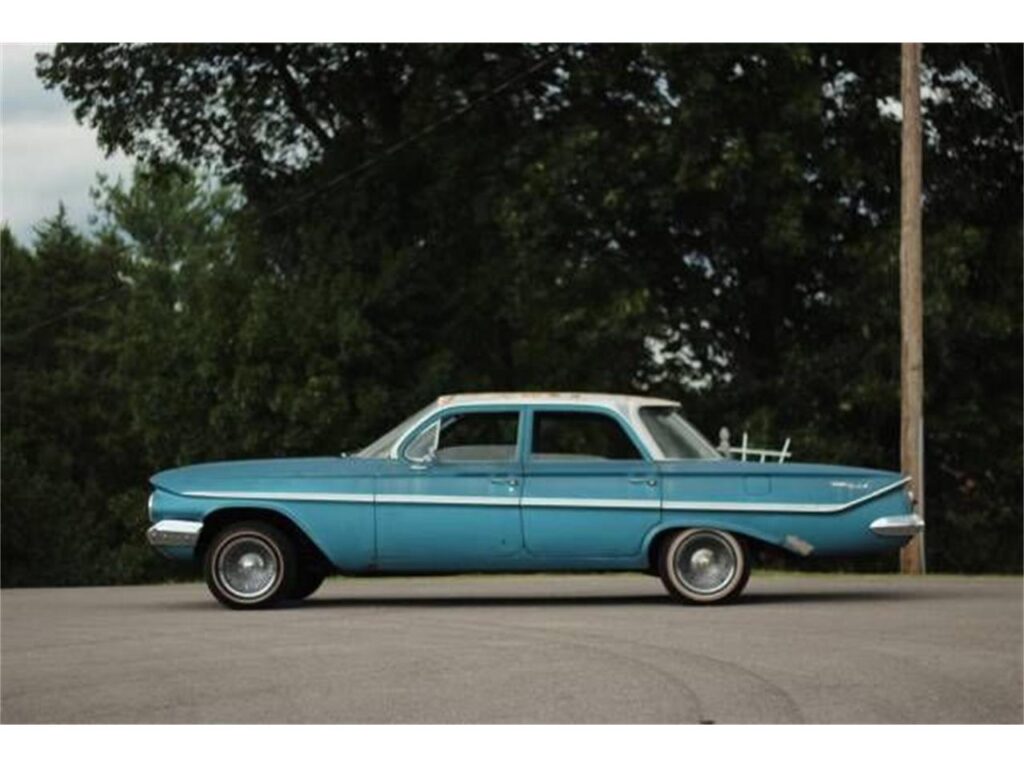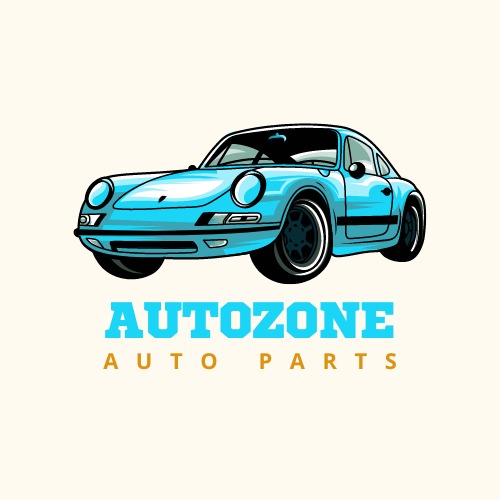Table of Contents
ToggleChevrolet Bel Air 1981: A Final Chapter of an Icon
Introduction
The Chevrolet Bel Air 1981 represents the conclusion of a storied legacy that began in 1950. This final model year of the Bel Air in North America focused on functionality, affordability, and reliability. With its minimalist design and practical engineering, the 1981 Bel Air catered primarily to fleet buyers and budget-conscious individuals, cementing its place in history as a dependable workhorse with a rich heritage.

The Evolution of the Chevrolet Bel Air
The Chevrolet Bel Air made its debut in 1950 as a top-tier trim for Chevrolet’s full-size cars. It grew to prominence in the 1950s and 1960s with bold designs and V8 performance, becoming a cultural symbol of the American Dream. By the 1970s, the Bel Air shifted focus to utility and value, leading to its final seventh-generation models in the early 1980s.
| Era | Key Features |
|---|---|
| 1950s | Iconic styling, powerful V8 engines, wide appeal |
| 1960s | Innovations in safety and comfort |
| 1970s | Emphasis on practicality, compliance with stricter emissions and safety standards |
| 1980s (1981) | Simplified design, value-focused for fleet and budget buyers |
Exterior Design of the 1981 Chevrolet Bel Air
The Chevrolet Bel Air 1981 featured a boxy, utilitarian design tailored to practicality over style. It was offered solely in a four-door sedan configuration, with understated chrome accents and minimal decorative trims. This simplicity made it an affordable choice for its audience while retaining Chevrolet’s reputation for durability.
Dimensions and Key Exterior Details
- Length: 197.0 inches
- Width: 77.3 inches
- Height: 56.8 inches
- Wheelbase: 116.0 inches
| Feature | Description |
|---|---|
| Body Style | Four-door sedan |
| Grille Design | Chrome-accented, rectangular layout |
| Lighting | Dual rectangular headlamps with simple taillights |
| Wheel Options | Steel wheels with optional chrome hubcaps |
Interior Features of the 1981 Chevrolet Bel Air
The interior of the 1981 Chevrolet Bel Air was designed with simplicity and durability in mind. Chevrolet focused on offering essential features without unnecessary luxury, making it ideal for fleet use and budget-conscious families.
Cabin Layout
- Seating Capacity: Six passengers (front and rear bench seats).
- Upholstery Options: Durable vinyl or cloth materials.
- Dashboard Design: Straightforward layout with analog gauges and minimal controls.
| Interior Feature | Details |
|---|---|
| Seating | Front and rear bench seats for six passengers |
| Material Options | Vinyl or cloth upholstery for durability |
| Climate Control | Manual heater with optional air conditioning |
| Audio System | AM/FM radio with optional cassette player |
Performance and Engine Options
The 1981 Chevrolet Bel Air came with practical engine options that prioritized fuel efficiency and reliability. These engines were mated to either a three-speed manual transmission or an optional three-speed automatic.
Available Engines
3.8L V6 (Standard Engine)
- Horsepower: 110 HP
- Fuel Economy: Approx. 17 MPG city / 25 MPG highway
4.4L V8 (Optional Engine)
- Horsepower: 130 HP
- Fuel Economy: Approx. 15 MPG city / 23 MPG highway
| Engine | Horsepower | Transmission | Fuel Economy |
|---|---|---|---|
| 3.8L V6 | 110 HP | 3-speed manual | 17 MPG city / 25 MPG highway |
| 4.4L V8 | 130 HP | 3-speed automatic | 15 MPG city / 23 MPG highway |
Technological and Safety Features
Although modest by today’s standards, the Chevrolet Bel Air 1981 offered features that were practical for its time, ensuring comfort and safety on the road.
Key Features
Safety:
- Three-point seat belts (front).
- Padded dashboard for added safety.
- Optional driver-side airbag (rarely selected).
Convenience:
- Power steering and power brakes (standard on most trims).
- Optional air conditioning for increased comfort.
- Upgraded AM/FM stereo with optional cassette.
Target Market and Popularity
The 1981 Chevrolet Bel Air was targeted at fleet buyers, such as law enforcement agencies, taxi services, and government institutions. Its affordability and straightforward design also appealed to individuals seeking a reliable, no-nonsense vehicle.
| Market Segment | Reason for Popularity |
|---|---|
| Fleet Buyers | Durable and cost-effective for high-mileage use |
| Budget Buyers | Affordable and easy to maintain |
| Classic Enthusiasts | Final model year with historical significance |
Restoration and Collectibility
Restoring a 1981 Chevrolet Bel Air involves attention to detail and sourcing original parts. While it may not have the prestige of earlier models, the 1981 Bel Air has a niche following among collectors who appreciate its practicality and historical importance.
Restoration Tips
- Bodywork: Address rust issues, especially around the wheel wells and undercarriage.
- Interior: Source original upholstery materials for an authentic restoration.
- Engine: Ensure proper tuning and consider rebuilding to factory specifications.
Comparison with Earlier Models
The 1981 Chevrolet Bel Air is often compared to its predecessors. While earlier models were celebrated for their design and innovation, the 1981 model stood out for its practicality and reliability.
| Feature | 1950s Bel Air | 1981 Bel Air |
|---|---|---|
| Design | Bold and stylish | Conservative and boxy |
| Performance | High-powered V8s | Fuel-efficient V6 and V8 options |
| Target Audience | Style-conscious buyers | Fleet and budget-conscious buyers |
Conclusion
The Chevrolet Bel Air 1981 may not have been as glamorous as its earlier counterparts, but it marked the end of an era for one of Chevrolet’s most iconic nameplates. Its focus on practicality and reliability ensured its relevance in a changing automotive landscape. Today, it stands as a testament to Chevrolet’s adaptability and commitment to its customers’ evolving needs.
FAQs
What engines were available for the Chevrolet Bel Air 1981?
The 1981 Bel Air came with a standard 3.8L V6 and an optional 4.4L V8 engine.How much does a Chevrolet Bel Air 1981 cost today?
Prices range from $7,000 for fair-condition models to $20,000 or more for fully restored examples.Was the 1981 Bel Air popular among fleet buyers?
Yes, it was widely used by law enforcement, taxis, and government fleets due to its durability.What are the most common issues with the 1981 Chevrolet Bel Air?
Common issues include rust, carburetor wear, and suspension component aging.Is the 1981 Chevrolet Bel Air a good choice for restoration?
Absolutely. Its simple design and availability of parts make it a favorite for enthusiasts seeking a reliable project.

